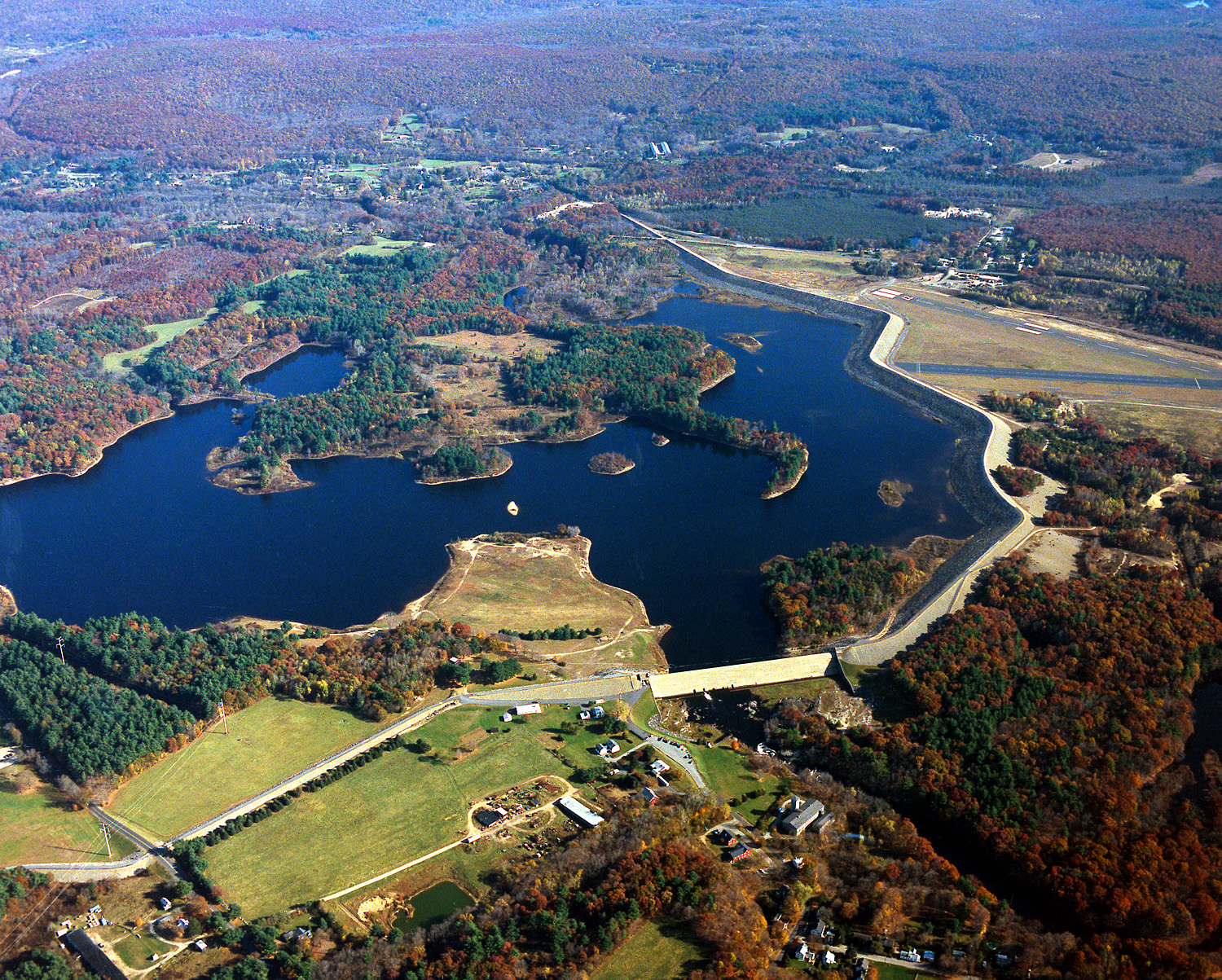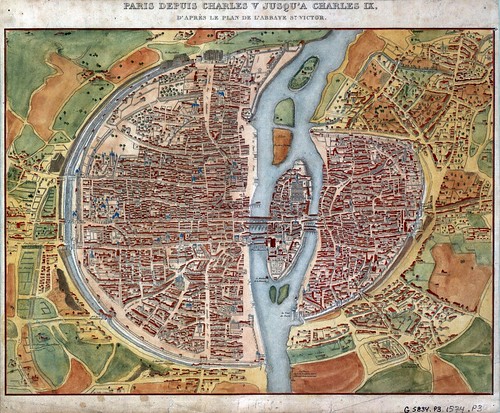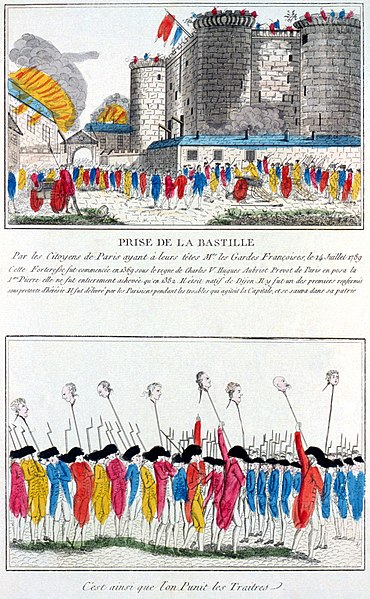That you can download Landsat imagery for free? On August 17th the 1 millionth Landsat image was downloaded since the Landsat imagery archive was made available to the public last October in 2008 at no cost. The selected image was that of the Grand Canyon captured by the Landsat 5 sensor and can be seen below.
You can download your own images for use in GIS programs from:
The USGS GloVis is a fun way to preview imagery or browse the globe, but if you need lots of data for a specific area the USGS Earth Explorer will probably suit your needs a little better.
If you don’t really need GIS data for analysis but think the Earth is beautiful, check out Earth as Art from the Goddard Space Flight Center. Most of the images are captured by Landsat 7 and would dress up any room. Below is one of my favorites:




















